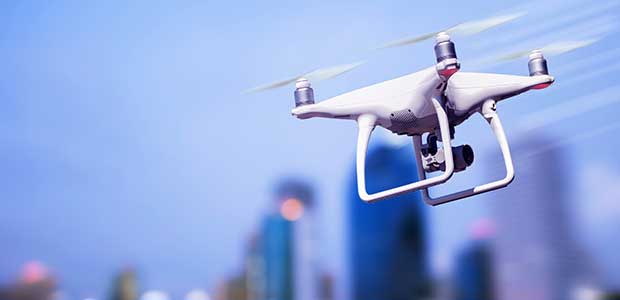
FAA Changes Recreational Drone Rules
Until further notice, ATC facilities will no longer accept requests to operate recreational drones in controlled airspace on a case-by-case basis. Instead, FAA is granting temporary airspace authorizations to fly in certain "fixed sites" in controlled airspace throughout the country.
The Federal Aviation Administration is changing the rules for recreational drone flyers, as required by Congress in the FAA Reauthorization Act of 2018. They may continue to fly below 400 feet in uncontrolled airspace without specific certification or operating authority from the FAA but now must obtain prior authorization from the agency before flying in controlled airspace around airports. The new requirement to obtain an airspace authorization before flying a drone in controlled airspace replaces the old requirement to notify the airport operator and the airport air traffic control tower before flying within 5 miles of an airport.
Until further notice, ATC facilities will no longer accept requests to operate recreational drones in controlled airspace on a case-by-case basis, the agency announced May 16. Instead, FAA is granting temporary airspace authorizations to fly in certain "fixed sites" in controlled airspace throughout the country. The fixed sites are listed on FAA's website and will be routinely updated; they also are shown as blue dots on Unmanned Aircraft Systems Facility Maps. The maps depict the maximum altitude above ground level at which a drone may be flown safely for each location in controlled airspace.
In the future, recreational flyers will be able to obtain authorization from FAA to fly in controlled airspace. The FAA currently has a system called the Low Altitude Authorization and Notification Capability that is available to non-recreational pilots who operate under the agency's small drone rule (Part 107). The FAA is upgrading LAANC to allow recreational flyers to use the system. For now, however, recreational flyers who want to operate in controlled airspace may only do so at the fixed sites.
Another new provision in the act requires recreational flyers to pass an aeronautical knowledge and safety test. They must maintain proof that they passed and make it available to FAA or law enforcement upon request. The agency is developing a training module and test in coordination with the drone community to ensure recreational flyers have the basic aeronautical knowledge needed to fly safely.
The announcement said some requirements have not changed significantly: Recreational users still must register their drones, fly within visual line-of-sight, avoid other aircraft at all times, and be responsible for complying with all FAA airspace restrictions and prohibitions. Flying a drone carelessly or recklessly still may result in FAA enforcement action.